The following are locations in Knox County of historical significance.


The following are locations in Knox County of historical significance.


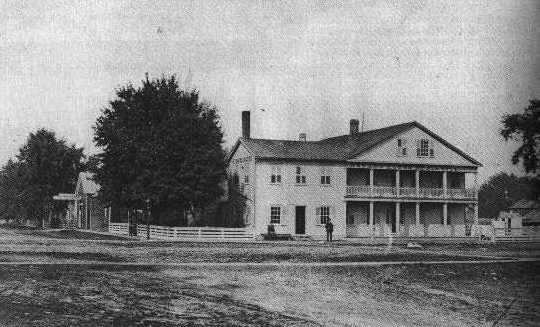 |
The Hebard House The Hebard House, built in 1838 and added to in 1844, was where Abraham Lincoln stayed the night before his fifth debate with Stephen Douglas. |
|
Maquon Foot Bridges The Foot Bridges of Maquon have been used by pedistrians for over 100 years. These Foot Bridges still exist today and have been restored by the Maquon Village Board, with support from the local residents. |
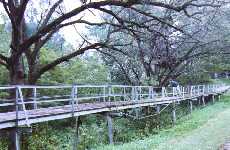 |
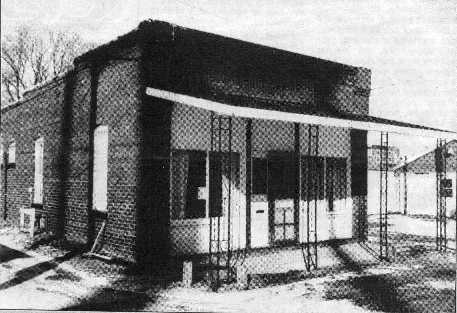 |
Maquon Village Hall and Jail The old Maquon Village Hall was demolished on Oct. 23, 1994. Records as to the exact age of the building upon its demolition cannot be found, but it was over 100 years old. The old jail, attached to the back of the building, was even older. |
|
PEO - Old Ladies Home Located on Main Street in Knoxville, the Knoxville Old Ladies Home was built in 1912. The Illinois State Chapter of the PEO Sisterhood took over the home in 1952 and it served as a retirement home for women until March 1999. The building was demolished in June 2002. |
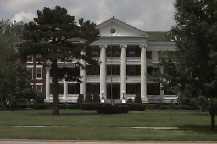 |
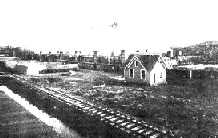 |
Purington Brickyards The Purington Paving Brick Company in East Galesburg was once the largest brick-maker in the world. It is no longer in business, but the buildings and kilns where over 800 workers once labored to produce 150,000 bricks a day remain. |
|
Carl Sandburg's Birthplace Author-poet Carl Sandburg was born in a three-room cottage at 313 East Third Street, Galesburg, on January 6, 1878. Now a State historic site and museum, many of the furnishings in the home once belonged to the Sandburg family. Beneath Remembrance Rock, located in a garden in the backyard of the home, are the ashes of Carl Sandburg, who died in 1967, and his wife Lillian. |
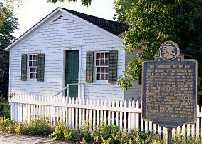 |
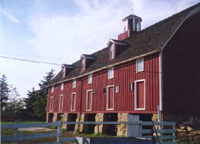 |
Walnut Grove Farm Located one mile north of Knoxville, Walnut Grove Farm is listed on the National Register of Historic Places. Homesteaded in 1835 by the Charles family, the circa 1860 barn is its centerpiece. Open to the public several times a year, the above link is to the farm's Web site. |
|
Wolf Covered Bridge Built in the 1840's and added to in 1874, the Wolf Covered Bridge was an important historic showpiece in Knox County until it was destroyed by fire in 1994. Construction on a replica bridge began in July 1998 and was completed in September 1999. |
 |

Former Schools

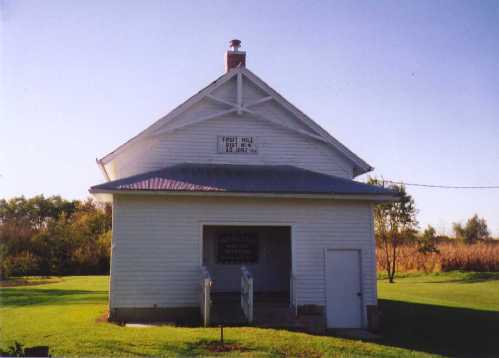 |
Fruit Hill School At one time there were 177 rural one-room schools in Knox County. Fruit Hill School, now located in Maquon, has been completely restored and is open to the public. |
|
Gilson School The Gilson School Foundation was formed in 1996 to restore the high school built in 1902. It is the largest remaining wood building in Knox County and features a walnut gymnasium located on the third floor. |
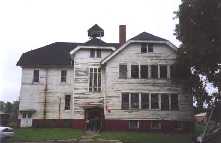 |
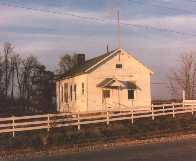 |
Glisson School Located east of Knoxville on U. S. 150, Glisson School is the only restored one-room school in Knox County that still sits in its original rural location. Built in the 1870s, it is now privately owned and open to the public during the Knox County Scenic Drive. |
|
Newman School Built in 1876, Newman School was moved to Knoxville in in 1976 and restored by the Knox County Retired Teachers Association as a Bicentennial project. It is open to the public by appointment. |
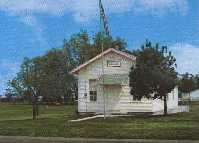 |
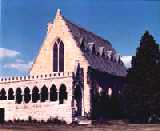 |
St. Mary's Chapel The only unaltered remnant from the private girl's school that resided in northern Knoxville, St. Mary's Chapel was completed in 1888. It features Gothic architecture and stained glass windows made in the US and Europe. |
|
St. Mary's School One of the many universities that resided in Knoxville, St. Mary's School is rich in history. While the school no longer exists, some of its foundation can still be seen west of St. Mary's chapel. |
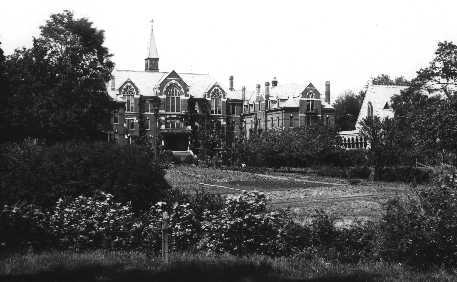 |

